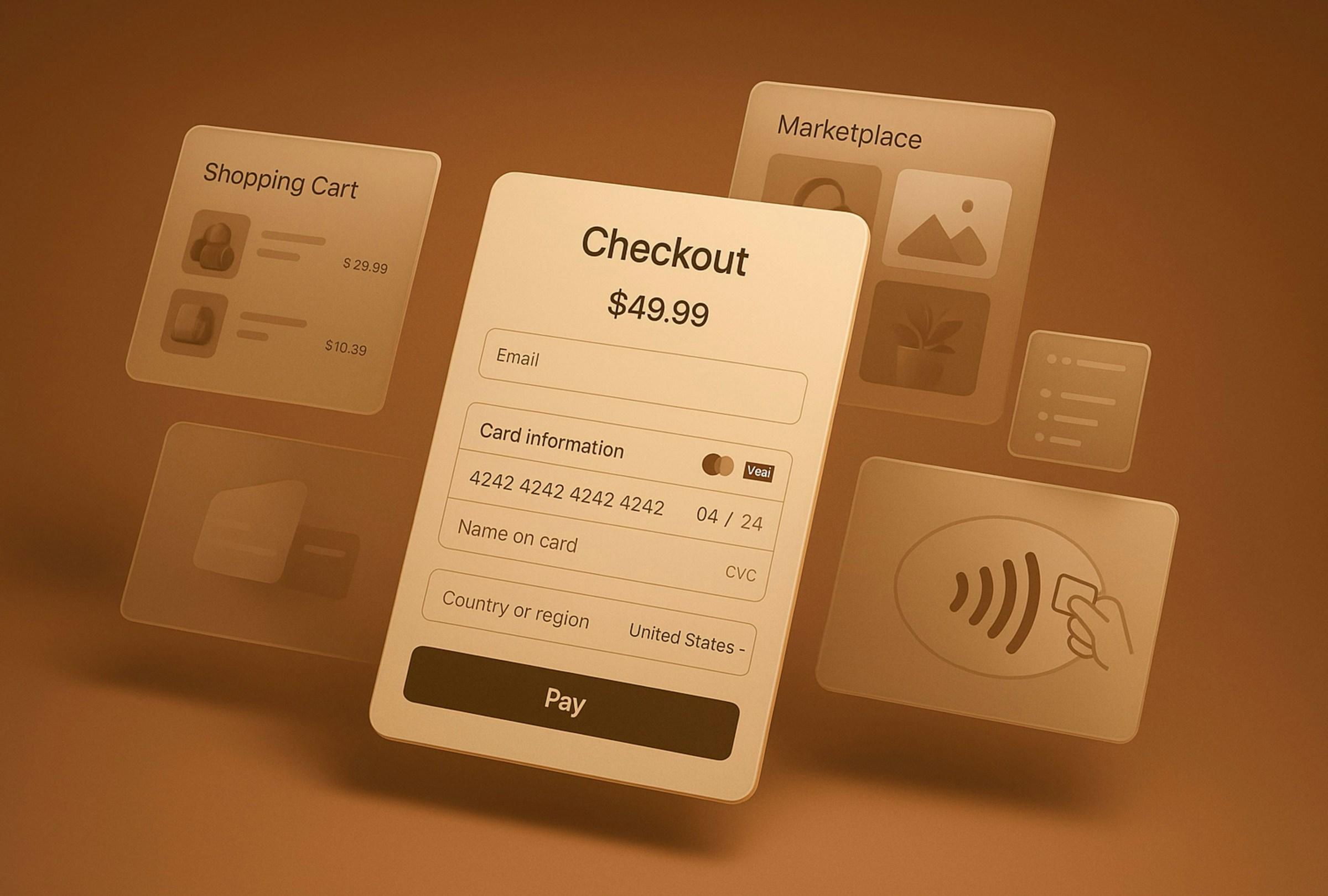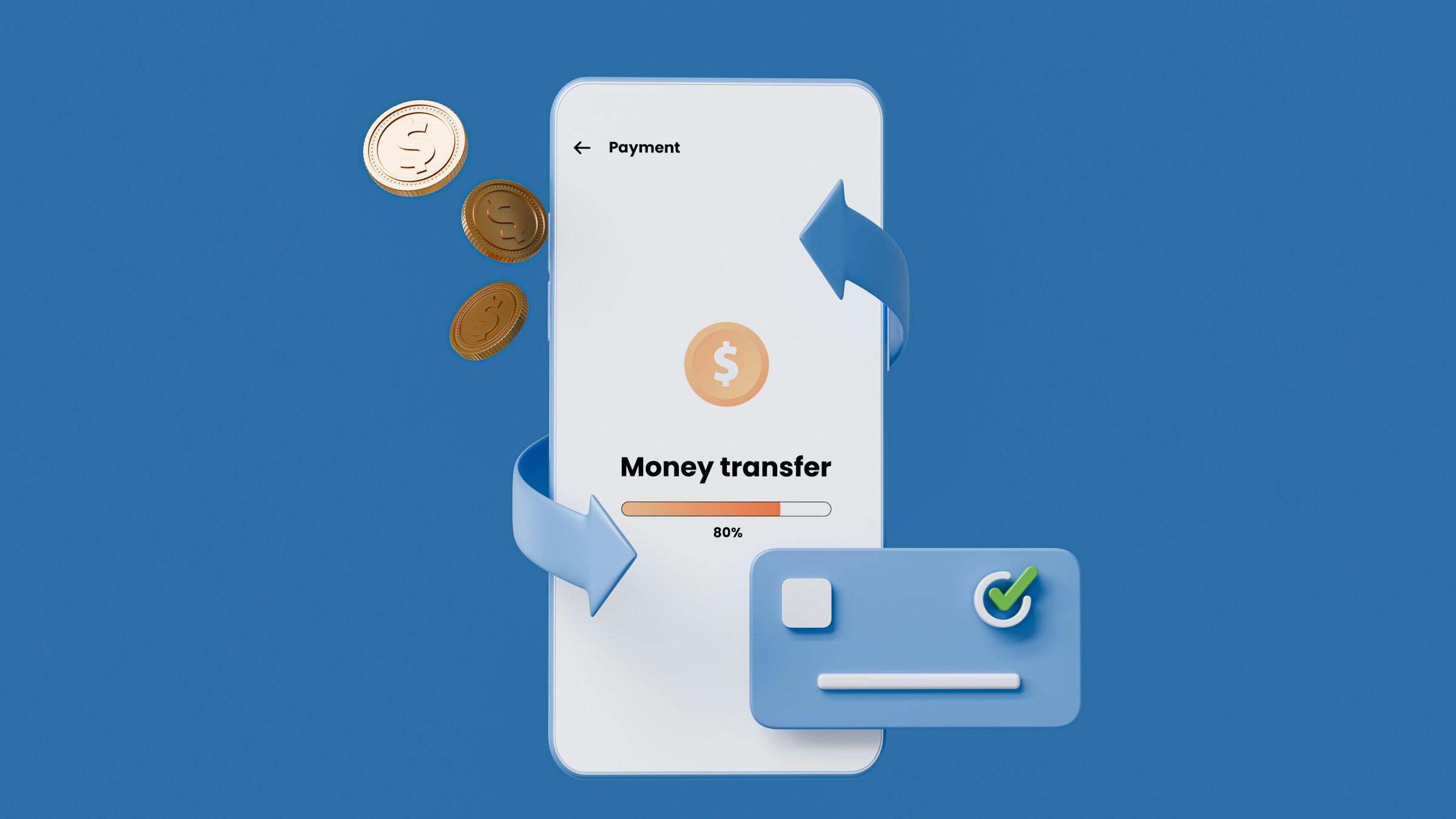Online banks have made saving and transacting faster, cleaner, and often more rewarding. Higher headline rates, lower fees, and convenient features are strong reasons many clients open a digital account alongside their primary bank. The question that follows is simple and important. Are there any risks associated with online banks, and how should you plan around them rather than plan against them. The answer is yes, there are risks, but they are manageable with structure. Think of an online bank not as a replacement for a financial system, but as a tool within one.
A helpful way to evaluate digital banking is to separate the appeal from the architecture. The appeal lives in the interface and the rate. The architecture lives in the licensing, the balance sheet sitting behind the brand, and the payment rails that move your money. When a client says an app feels modern and responsive, I agree, and then I ask where the deposit is legally held, who insures it, and how access is restored if the phone is lost or the app is locked. This shift from surface to structure turns a marketing promise into a real plan.
Start with deposit protection, because that is the foundation. Many online banks are fully licensed in their home markets and carry the same deposit insurance as their traditional peers. Others operate as e-money issuers or rely on a partner bank through a sweep or safeguarding arrangement. Those are not the same thing. In Singapore, SDIC insures eligible deposits up to the prevailing cap at full member banks. In Hong Kong, the Deposit Protection Scheme covers eligible deposits at scheme members up to its stated limit. In the UK, FSCS protects eligible deposits at authorised banks up to its limit per person per bank. If you are in Malaysia, PIDM plays a similar role. If you are a British expat working in Singapore with an online savings account in the UK, or a Hong Kong professional with a UK digital account, you are straddling regimes. What matters is the authorisation of the institution that actually holds your money and the currency and jurisdiction of that protection. If the brand is a fintech front end sitting on another bank’s license, your coverage depends on that arrangement, not the front end itself. The principal risk here is misunderstanding. If you cannot point to the specific insurer, the limit, and the legal entity, you are not finished.
Next, consider operational risk. Digital platforms concentrate access through a single device, a single app, and often a single line of customer support. When everything works, this feels efficient. When something breaks, this concentration becomes a chokepoint. System outages can delay transfers or lock users out. A routine operating system update can cause an app to fail at the worst moment. A travel day can coincide with a security flag that freezes activity. Traditional banks are not immune to outages, but they often offer redundant channels such as a staffed branch or a wider network of service lines. If your emergency buffer lives only inside a single app, an outage has a bigger footprint on your life. The way to mitigate this is not to abandon digital banking. It is to separate the functions. Keep a portion of your emergency cash in an account you can access through multiple channels, and keep your yield-seeking cash in the online account. This preserves utility without creating fragility.
Fraud and identity risk deserve clear thinking. Strong digital banks implement two-factor authentication, device binding, and behavioural monitoring, which is positive. Yet the same features can backfire when a phone is lost, a SIM swap occurs, or a password manager is compromised. Social engineering attacks target your habits, not just your passwords. An SMS code intercepted through a number port can be enough to initiate damage before detection. Because online banks are built for speed, recovery processes can feel procedural rather than personal. If a client travels frequently or uses public Wi-Fi, the exposure rises. The counter is a simple protocol. Use hardware security keys where supported. Avoid SMS as the only factor. Maintain a dedicated email for banking that is not reused on social platforms. Record offline recovery codes in a physical location. These are not paranoid steps. They are normal steps that make the digital convenience safer.
Liquidity timing is another underappreciated risk. Online banks often promise instant transfers within a network and same-day or next-day movement outside it, but cut-off times, compliance checks, and intermediary bank rules can slow things down. If you rely on a digital bank for urgent obligations, such as a completion payment for a property purchase or a same-day medical bill, you need to test the path and understand the worst case. This is where a primary account with proven same-day domestic transfer capability becomes a useful anchor. Your plan should define which account is for speed, which is for yield, and how you will bridge in a delay. A client who maps this in advance tends to experience less stress because the delay is anticipated and buffered.
Rate volatility is a softer risk, but it is still a risk. Many online banks compete on headline yield. These rates can adjust quickly to market shifts or strategic decisions. A client may chase small rate differences across multiple apps and end up with scattered balances, extra tax statements, and complexity in tracking. The true cost is not always in dollars. It is in attention. If moving from 3.9 percent to 4.1 percent yields a small absolute gain at your balance level, ask whether the tradeoff in time and potential errors is worth it. The more sustainable approach is to define a floor rate that satisfies your plan and tolerate small fluctuations above it. This keeps you focused on contribution habits rather than rate surfing.
Product structure matters as well. Some online banks bundle features such as auto-savings vaults, round-up investing, or multi-currency wallets. These can be helpful, but they change the character of your account. A round-up that pushes small amounts into a market product introduces investment risk inside the banking app. A multi-currency balance can be covered by deposit insurance in one currency but not necessarily in the way you expect across all currencies. A rewards structure can nudge you toward unnecessary card spend to unlock a higher savings rate. There is nothing wrong with features. The question is whether the feature supports your plan or recruits your attention. If a client wants simple cash for short-term goals, I would keep that separate from micro-investing and treat the round-up as a distinct choice with its own risk profile.
Jurisdictional mismatch can create complexity for expats. A Singapore-based professional who opens a UK online account for better rates must consider tax reporting, currency risk, and the legal process for dispute resolution. A Hong Kong client with a European online bank needs to understand how anti-money laundering reviews might pause transfers across borders and how documentation will be requested. None of this means you should avoid cross-border accounts. It means you should align them with clear purposes. If a future education expense will be in the UK, holding pounds can make sense. If your life is anchored in Singapore dollars, carrying foreign currency for a small rate advantage can create more volatility than value. Your plan should decide the currency, not the app.
Customer support quality is an experience risk that becomes a financial risk the moment you need an exception handled. Online banks have improved here, but many still route complex issues through email queues or chat systems with limited escalation paths. This is adequate for routine service and frustrating for edge cases. If you hold a meaningful balance at a digital bank, test the support channels during a calm period. Ask a simple documentation question and observe response time and clarity. If you find the process slow, factor that into your balance limits. You do not need perfect support. You need support that is consistent with the role you assign to that account.
Cash handling is a practical constraint. If you run a business that still accepts cash or if you occasionally receive cash gifts or reimbursements, an online bank without deposit facilities forces you to rely on a secondary path. Workable solutions exist through partner branches or cash deposit machines tied to another bank, but each hop adds time and potential fees. If cash is a real part of your life, keep a local account that welcomes it and use the online bank for what it does best. This keeps your financial flow grounded in how you actually live, not in how a product demo imagines you live.
Security posture is as much about your behaviour as the bank’s protocol. A well-built app still depends on you to maintain a clean device, update your operating system, and resist insecure downloads. If you use the same phone for work and personal life, ask whether your employer’s device management tools could interfere with banking apps or backups. If you use password managers across devices, review the recovery flows to ensure that a single compromised device cannot cascade into total access. These are small administrative habits that raise your baseline security with little effort.
Now place all of this inside a simple planning framework. Start by defining roles for each account. Your primary current account pays bills, receives income, and stays within a comfortable balance range that covers a month of expenses. Your emergency buffer sits in a conservative account that you can access through more than one channel. Your yield account, often an online bank, holds targeted short to medium term savings where an extra point of interest is meaningful. Your investment accounts remain distinct. This separation of roles keeps the risks compartmentalised. An outage in one place does not become an outage everywhere. A fraud event in one app does not compromise the buffer you need tomorrow.
Then set limits that make sense for you. Use deposit insurance caps as hard ceilings, not soft guidance. If you are in a dual-jurisdiction life, keep a simple table with the insurer, the limit, the legal entity name, and the contact path for each account. Record offline recovery methods in the same place. This may feel old fashioned in a digital world, but it is exactly what turns technology into a servant rather than a source of stress.
Finally, connect your online banking choices to your timeline. If a goal is three years away, the priority is capital preservation and liquidity that matches real life. If a goal is ten years away, the priority shifts to investment exposure, which belongs in regulated investment accounts rather than in savings wrappers disguised as investing. The best use of an online bank is to remove friction where it does not pay you to have it. The worst use is to treat a higher rate as a reason to ignore structure.
Clients often ask whether the risks of online banks outweigh the benefits. The truth is more balanced. The risks are real but specific. Misunderstood deposit protection, single-channel access, concentrated device dependence, fraud exposure through weak factors, rate-chasing complexity, jurisdictional quirks, and support variability are the main categories. Each can be neutralised with simple design choices. Clarify the license and insurer. Split functions across at least two institutions. Maintain a non-digital path to your emergency cash. Harden your authentication. Avoid mixing investing features into cash goals unless you are comfortable with the volatility. Keep foreign currency accounts tied to foreign currency needs. Test support before you depend on it.
If you treat online banks as part of a layered system instead of a single answer, you gain the best of both worlds. You keep the clean interface, the lower fees, and the competitive yields. You avoid turning convenience into concentration risk. You build a plan that does not rely on perfection, because it should not. The goal is not to eliminate risk. The goal is to assign each risk to the right container so that no single event bends your life out of shape.
You do not need to be aggressive. You need to be aligned. The smartest plans are not loud. They are consistent. Use online banks for what they do well, and let your structure do the quiet work of keeping your money available, insured, and ready for the life you actually intend to live.



.jpg)


.jpg&w=3840&q=75)


.jpg&w=3840&q=75)

